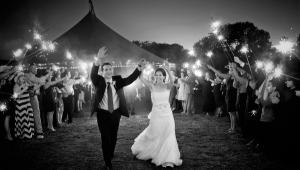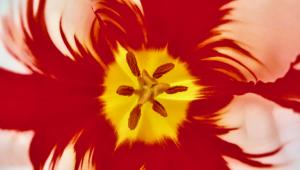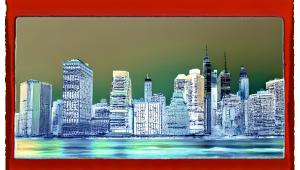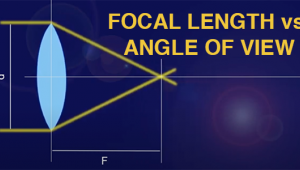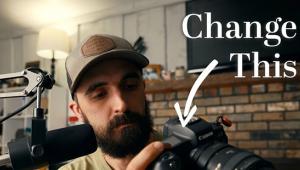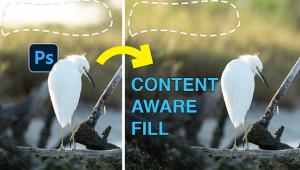Jeff Smith Captures Interiors; The D-SLR Has Heralded A New Approach To A Specialized Field
In a career spanning 40 years, Jeff Smith's work as an industrial and corporate photographer is well-known to many. Not too long ago we'd find him going to a job site with literally almost a half-ton of lighting gear, along with a Mamiya RZ67 and heavy lenses, not to mention countless packs of film and Polaroids. Over the years the market has shifted, technology has changed, and Smith has adapted, so that he now shoots digital exclusively, with a Nikon D2X (and a D70 before that). We can't say for sure if his move from New York City to the burbs in New Jersey has tempered his shooting style in any way, but it has brought him closer to a market niche that he hadn't fully explored before: architecture and interiors. And that brought about changes in the way Smith lights. (We should add that our focus here is on residential interiors, but Smith spends as much time, if not more, on civic architecture, which he defines as schools, libraries, and commercial buildings.)
 |
|
|
A New Lighting Philosophy
In an industrial or corporate setting, the task of lighting was all about overcoming
the existing, troublesome fluorescents that dominated and that required large
volumes of light. "These days, when shooting interiors during the day,
there's a lot of light coming through windows or glass doors, so I'm
combining available light with strobes. As a result, I need to carry a lot less
gear," Smith observes.
 |
|
|
One example is a spacious interior bedecked with curvilinear banisters. The space was bright and airy owing to the large quantity of ambient light. "Without the ambient light, I would have found myself throwing considerably more of my own lights into the shot. Now my lighting often takes on a supportive role, as fill, or to accent a piece of furniture or design element, or simply to imbue the shot with a 21st century panache." And these added lights often have to be robust enough output-wise to tackle the situation. Translation: studio strobes, which, for Smith, means a Comet power pack system. Putting his principal strobe heads inside Chimera softboxes is one way Smith manages to preserve the ambiance of the space.
Shooting digitally has a lot to do with Smith's approach to lighting, especially when there's a need to recapture the dynamic range in a scene. He may expose selectively for key tonal areas, say a window and bright scene outside, while making a second exposure for the room that is lit with a mix of his lights and the available light streaming in. Then he layers these images and seamlessly blends them together. He achieves that effect by digitally erasing part of the second (overlying) layer to allow the window in the first (underlying) layer, for instance, to bleed through--but in a very precise manner. It's a tedious and painstaking process, with a big payoff. The final step of course is to flatten the image into the final composite, which gives him an interior with detail where needed.
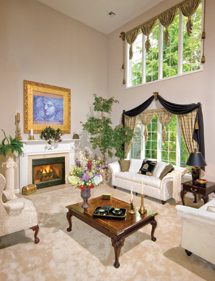 |
|
|
Shoe Mounts In Small Spaces
Coming prepared is one thing, but no one said you have to use it all--or
any of it. Very often Smith will truck four power packs and as many as nine
heads to a location, complete with all the lighting accessories. But they may
all, or mostly, stay behind in the vehicle. Instead, he may turn to a more compact
alternative.
- Log in or register to post comments









